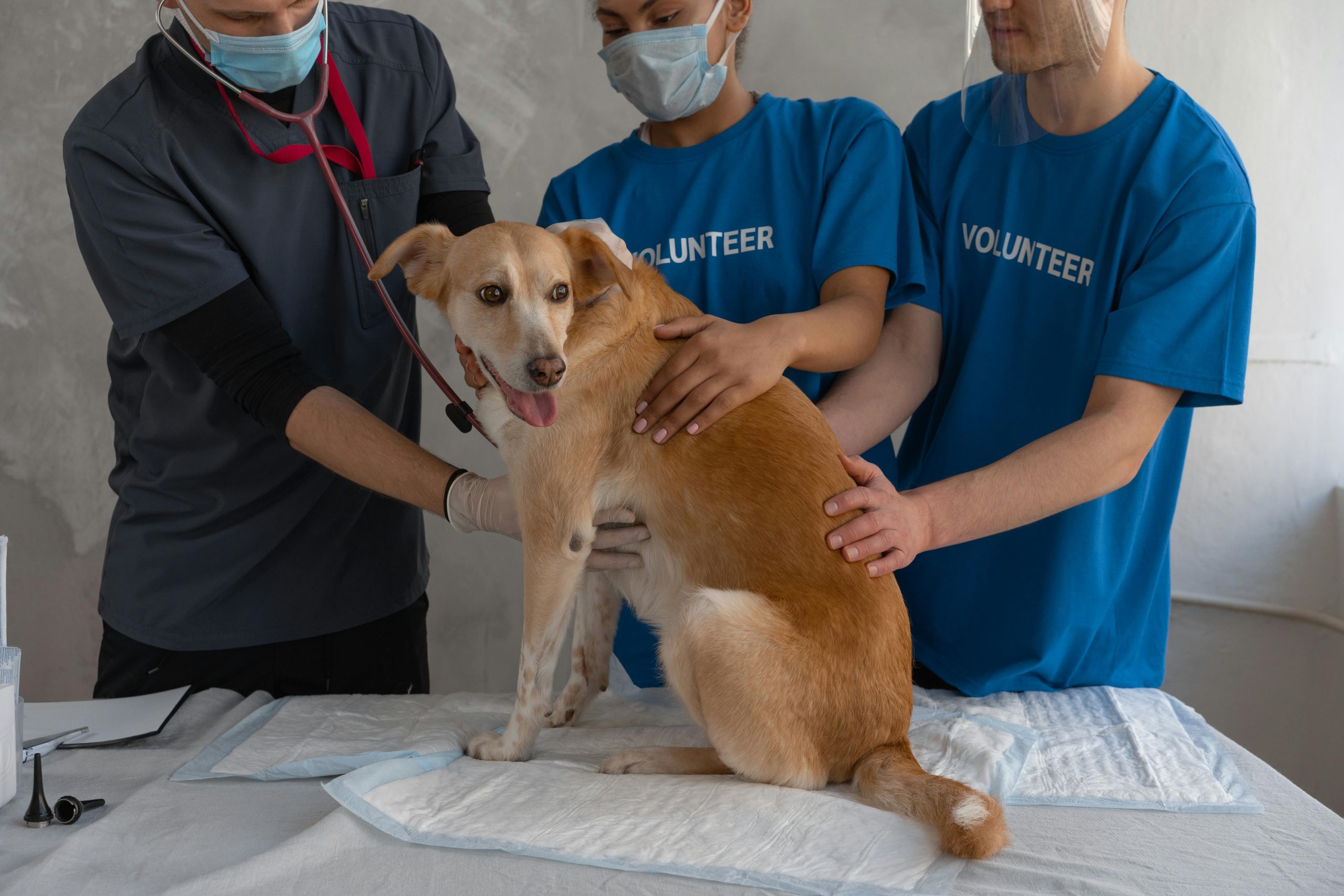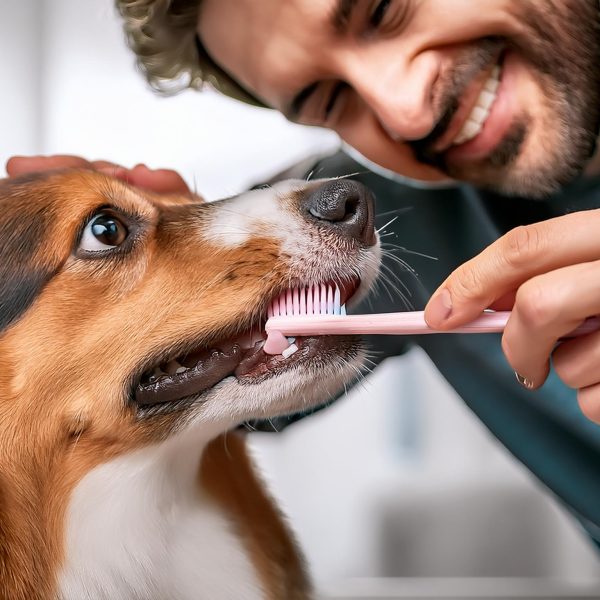Spaying or neutering your pets is an essential responsibility for pet owners, significantly impacting the well-being of animals, communities, and the environment. This process involves surgically removing the reproductive organs of pets to address various issues, including population control and health problems.
Managing Pet Overpopulation
One of the primary reasons to spay or neuter pets is to manage the population effectively. Every year, countless cats and dogs end up in shelters, many of which are euthanized due to overcrowding. Spaying and neutering help reduce the number of unwanted animals, easing the strain on animal shelters and rescue organizations, and enabling them to provide better care for each animal.
Health Advantages
The health benefits of spaying and neutering are substantial. For female pets, spaying decreases the risk of infections and significantly lowers the chances of mammary cancer, which is fatal in approximately 50% of dogs and 90% of cats. Neutering male pets reduces their risk of testicular cancer and prostate problems. Additionally, sterilized pets are less likely to roam in search of mates, reducing their exposure to illnesses, potential fights, and accidents involving vehicles.
Addressing Behavioral Concerns
Behavioral issues are another aspect where spaying and neutering can make a positive difference. Males often display territorial behaviors, such as urine marking and dominance, which neutering can alleviate, resulting in more manageable pets. Females in heat may vocalize excessively, try to escape, and put themselves at risk. Spaying eliminates these heat-related behaviors, thus reducing such incidents.
Mitigating Stray Populations
Stray animals pose challenges by spreading diseases, causing accidents, and disrupting local ecosystems. Spaying and neutering play a crucial role in reducing stray populations. This practice is instrumental in managing cat colonies, which can multiply rapidly if unchecked. Many communities have adopted Trap-Neuter-Return (TNR) initiatives to address these populations humanely, demonstrating the broader impact of these procedures.
Environmental Consequences
The environmental ramifications of unchecked pet populations are significant. Stray and wild animals can disrupt ecosystems by preying on birds, small mammals, and other wildlife, and contribute to pollution through waste. Controlling pet populations helps maintain ecological balance and reduces environmental impacts.
Financial Benefits
From an economic perspective, spaying and neutering can lead to long-term savings for pet owners. The cost of these procedures is relatively low compared to the expenses associated with raising litters of puppies or kittens, treating health issues, or managing behavioral problems. Additionally, many cities offer low-cost or free spaying and neutering programs, making it accessible for owners regardless of their financial situation.
Dispelling Myths and Misconceptions
Despite the benefits, there are myths and misconceptions about spaying and neutering that need to be addressed. Some believe that these procedures cause pets to gain weight or become lethargic; however, weight gain is typically due to overfeeding and lack of exercise rather than sterilization. Others fear personality changes in their pets, although the changes that do occur, such as decreased aggression and less wandering, are generally positive.
The Role of Veterinarians and Pet Owners
Veterinarians play a critical role in educating pet owners about the benefits of spaying and neutering. During check-ups, they can discuss the optimal timing for the procedures and address any concerns from pet caregivers. Pet owners, on the other hand, must make informed decisions about their pets’ health and welfare, recognizing the long-term benefits of spaying and neutering.
Community Involvement and Legal Backing
Community support and legal frameworks also promote spaying and neutering. Many jurisdictions have laws requiring pets to be sterilized unless the owner has a breeding permit. Public awareness campaigns, collaborations among animal shelters, veterinarians, and local authorities, and educational programs in schools can further encourage responsible pet ownership and empathy towards animals.
Spaying and neutering are vital aspects of responsible pet ownership. They help manage animal populations, provide health benefits, improve behaviors, reduce stray numbers, and offer positive environmental and financial outcomes. By debunking myths, clarifying misconceptions, supporting community initiatives, and implementing supportive laws, we can educate pet owners about the importance of these procedures. This not only benefits the health and happiness of pets but also enhances our communities and the environment, leading to a more positive world for both animals and humans.








